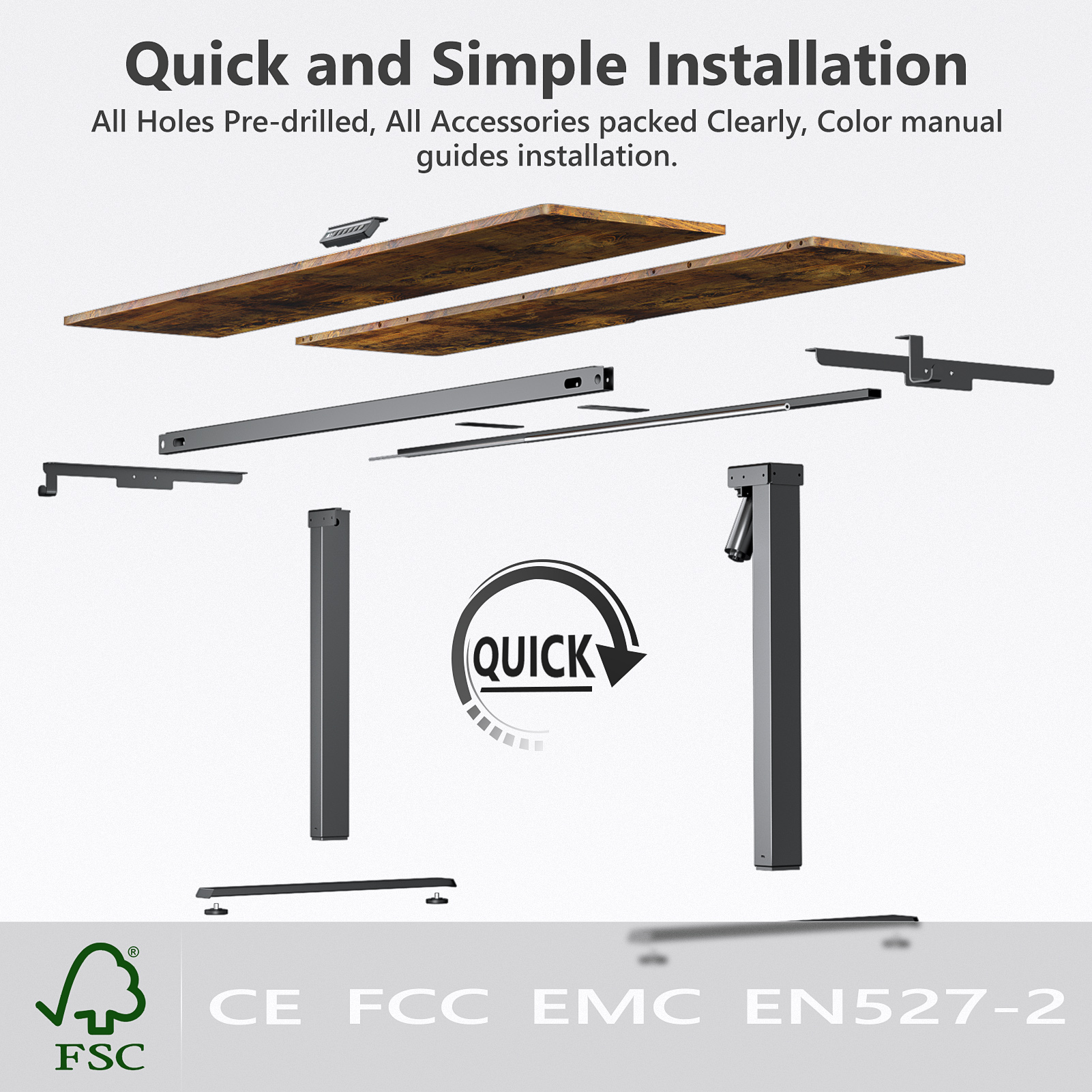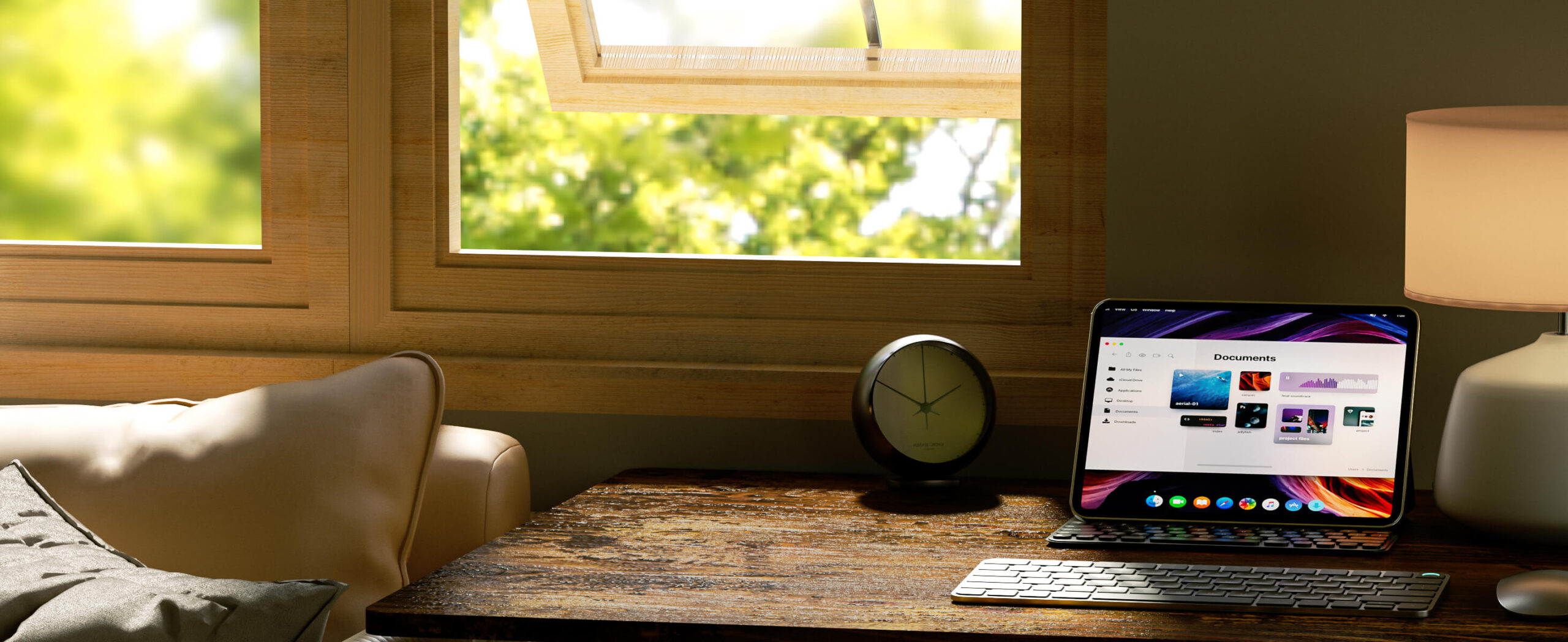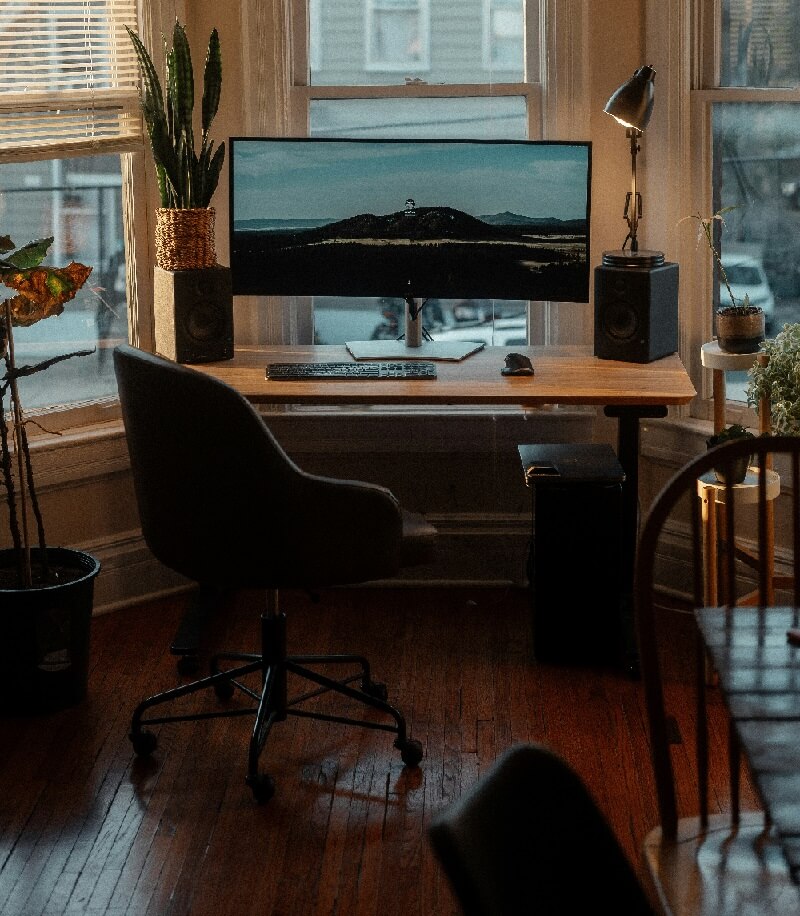Height adjustable desks—where were they a decade ago? Back then, they were just a blip on the radar, the odd ergonomic accessory tucked in the corner of a few forward-thinking offices. But now? They’re everywhere. In every office, every home workspace, even in some living rooms. What changed? Why did they catch fire? And, more importantly, what’s next for the height adjustable desk as it continues to evolve and revolutionize our workspaces?
Hold on tight. We’re about to explore the rapid growth of these desks, their impressive impact on health and productivity, and where they’re headed as the future unfolds.
Early Struggles and Rise to Prominence
Not long ago, the height adjustable desk seemed like a luxury—a quirky addition to an office, perhaps for those in the know about back pain, poor posture, or the dangers of a sedentary lifestyle. They weren’t mainstream. They weren’t necessarily affordable. And they certainly weren’t the “must-have” office furniture they are today. Yet, in the late 1990s and early 2000s, awareness about the health risks associated with sitting started to build momentum.
It wasn’t until those health-conscious voices grew louder, calling out the dangers of sitting for hours on end, that the height adjustable desk found its footing. No longer just a piece of furniture, it was suddenly seen as a solution—perhaps the solution. These desks offered the freedom to stand, to adjust, to move.
But early versions? Simple, manual. A crank here, a lever there. Not much more. While functional, they didn’t necessarily scream “cutting-edge design.” They were clunky. They required effort. But that would all change soon enough.

Electric Power: The Game Changer
The electric height adjustable desk was a breakthrough moment. No more cranks. No more huffing and puffing to lift a desk that might just end up being too high or low. Suddenly, with the push of a button, anyone could stand tall. Or sit comfortably. No sweat. The desk adjusted itself, and in a smooth, seamless motion. It was pure magic, not just for comfort, but for productivity.
Enter the features we now take for granted—programmable memory, anti-collision sensors, easy height presets. These desks didn’t just adjust—they adapted. You could move them effortlessly, almost instinctively, without breaking your workflow. And that’s when the height adjustable desk became more than just furniture. It became a necessity.
Height Adjustable Desks: The Modern-Day Office Revolution
Fast-forward to now. Offices are more than cubicles, and workspaces are more than rows of desks. Height adjustable desks have shifted from being a nice-to-have perk to a core component of modern office design. They’re a centerpiece in corporate wellness programs. They’re intertwined with a broader cultural shift towards healthier, more adaptable working environments.
What’s the appeal? Well, let’s start with the obvious: health. Standing desks are proving to be powerful tools against the sedentary lifestyle that’s dominated the modern workforce. They’re like a signal—an invitation to rise above. A chance to move.
But it’s not just about standing—it’s about balance. Being able to adjust between sitting and standing, to find that sweet spot for comfort, focus, and productivity, is what sets height adjustable desks apart.
Studies show they lead to improved posture, reduced back pain, better circulation, and even enhanced mood and energy levels. Employees who use height adjustable desks are, on average, more productive and less fatigued. The desk becomes a tool for well-being as much as it is for work.
But here’s the thing—this is just the beginning.

So, What’s Next for Height Adjustable Desks?
Now that standing desks are no longer the quirky, niche products they once were, what happens next? Will we see just incremental updates, or is something truly groundbreaking on the horizon?
1. The Smarter Desk: AI and Customization
A height adjustable desk, but smarter. Imagine a desk that knows you better than you know yourself. It detects when you’re slouching, adjusting to an ergonomic height as a reminder to stand tall. It monitors how long you’ve been sitting or standing, tracking your patterns, nudging you to change your position. The future of height adjustable desks is connected—smart desks that sync with your health apps or wearables, offering real-time feedback on your posture, activity levels, and even your productivity.
Picture this: an integrated AI that knows the optimal desk height for each task, from typing to meetings. You sit down, and the desk automatically adjusts to the perfect height for you, based on your personal preferences. These desks could even learn over time, adjusting to the subtle changes in your habits and routines. A truly personalized experience.
2. Sustainability: The Green Desk Revolution
Let’s talk sustainability. The future won’t just be about smart desks; it’ll also be about green desks. Height adjustable desks are poised to become more eco-conscious. Think: sustainable materials—bamboo surfaces, recycled metals, and low-impact manufacturing processes. No longer will it be just about the function and aesthetics; sustainability will be at the forefront.
Energy efficiency could also get a huge boost. While electric desks are already a huge improvement over manual ones, future iterations might feature solar panels or energy-efficient motors that charge using renewable resources. A desk that adjusts with the power of the sun? That’s the future we’re heading toward.
3. Movement-Integrated Workstations
What if your desk didn’t just adjust in height but also integrated movement into your day? The next evolution of the height adjustable desk could seamlessly incorporate exercise equipment. Imagine desks that convert into standing bikes or desks that let you walk at a slow pace while you type. They wouldn’t just accommodate standing—they’d promote movement.
Maybe you could even combine the benefits of walking with the productivity of working. It might sound futuristic, but it’s already becoming a reality. Active workstations, complete with integrated treadmill or cycling options, are gaining traction in office environments. And as the tech evolves, so will these products. Imagine a workstation that allows you to alternate between standing, walking, and cycling with the flick of a switch.
4. Ergonomics 2.0: Beyond the Basics
We’re also looking at the next level of ergonomics. Height adjustable desks may already be considered ergonomic, but they could be much more. Future models might have built-in features like automatic lumbar support adjustments, temperature control, or even pressure-sensitive surfaces that adjust based on your weight distribution.
Think about desks that adjust not just vertically but also horizontally, offering a wider range of configurations that help promote healthy, comfortable postures for different tasks. Or desks that track how you’re using your body during work and adjust in real time to provide relief. The possibilities for enhancing comfort are endless.
The Desk of Tomorrow: A Look Ahead
The evolution of the height adjustable desk is far from over. We’ve come a long way from manual cranks and levers to electric, smart, and sustainable designs. The desk of tomorrow? It’ll be smarter, greener, and more integrated into our daily routines. It won’t just be furniture—it’ll be a part of a larger system that tracks, encourages, and enhances our work habits, health, and well-being.
So, what’s next for the height adjustable desk? It’s only the beginning. The future holds a dynamic fusion of tech, design, and health—a future where desks don’t just adjust to your height, but to your needs, habits, and goals. The revolution continues.
